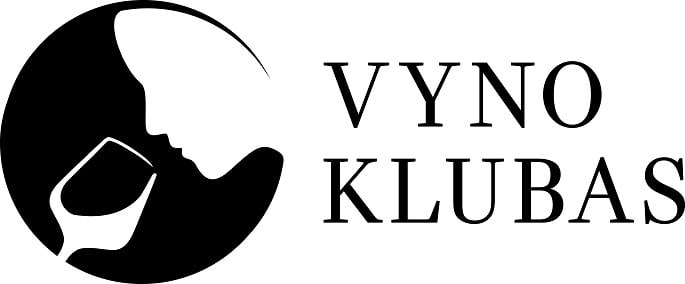Margarita Božkaitė ir Donata Minderytė: Duo exhibition
The exhibitions of paintings by Donata Minderytė and Margarita Božkaitė, both Master’s students at the Vilnius Academy of Arts, open at Galerija VARTAI on 7 June. Their creative work will provide the viewer with the opportunity to evaluate trends in contemporary art and to reflect on the phenomena of memory, phenomena explored by both artists through different styles of painting.
Margarita Božkaitė
Tathātā (Sanskrit)
Donata Minderytė
The Memory Gene25th Anniversary Exhibitions Partner
Sponsors
Gallery supported by
The exhibitions of paintings by Donata Minderytė and Margarita Božkaitė, both Master’s students at the Vilnius Academy of Arts, open at Galerija VARTAI on 7 June. Their creative work will provide the viewer with the opportunity to evaluate trends in contemporary art and to reflect on the phenomena of memory, phenomena explored by both artists through different styles of painting.
Margarita Božkaitė
Tathātā (Sanskrit)
In my painting I use photographs found at home, ones that were used in the media during the Soviet period. Painting differs from the photographs I paint because the images in them are formal and official – this is not personal photography. It forces one to reflect on memory, to capture something that sometimes flashes in the consciousness – in everyday situations. Would an image without any meaning find its way into one’s consciousness?
The relationship of memory, as one of the forms of representation, with an object from the past is deceptive; memory can deceive and is only authentic as an inadequate representation of an object coming to the fore (the thing remembered is inadequate to the lived reality).
In this way, experience is tangled up with the experience of viewing a moment in time. Why is it that an image can become entrenched in the process of thinking without one wanting it to be so and why can a visual experience be so overwhelming? I ask myself that in repainting photographs and in thinking about the origin of images captured in photographs. Perhaps if there was no concept of time this text would also not exist.
Donata Minderytė
The Memory Gene
It is like a reference to temporality, to meaninglessness, a striving to permanently record something intangible but at the same time very real – a moment in time. Photography does not necessarily arouse memory, on the contrary, it can be misleading and block memory. That is why I try in particular to distance/unlink the ‘secondary memory’ from my consciousness, from documenting it, from permanently recording a fact.
My pictures are evidence of time that has passed but I cannot replicate what has happened and because of being in doubt about the connection between the photographic image and consciousness, I carry them over to my paintings and try to highlight and find new meanings rooted in it and offer them to the viewer.
For me, a recollection becomes meaningful when it is a common element connecting me with someone else. The ‘memory gene’ by means of which you are similar to someone else.



















